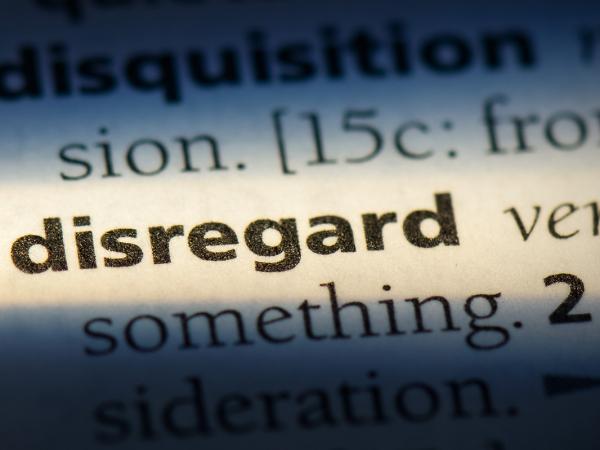Calculating tax credits
Tax credit awards are made up of a number of elements. The amount of any award depends on the elements that are included in the award and the household income.

Content on this page:
Overview
If you meet the qualifying conditions for child tax credit or working tax credit or both, the amount you actually get will depend on:
- which elements of child tax credit and/or working tax credit you qualify for;
- how much income you and your partner have (either for the current year or previous year); and
- whether you are paying back an overpayment
The maximum amount
Tax credit awards are made up of a number of elements. There is information on our working tax credit and child tax credit pages which explain which elements might apply.
The elements are:
- WTC basic element
- WTC couple/second adult element
- WTC 30 hour element
- WTC childcare element
- WTC disability element
- WTC severe disability element
- CTC child element (For children born on or after 6 April 2017, this may be limited to 2 children unless an exception applies)
- CTC child disability element
- disabled child rate
- severely disabled child rate
- CTC family element (* from 6 April 2017, this is only payable for claims which include a child/children born before 6 April 2017)
HM Revenue & Customs (HMRC) add together the elements which you qualify for to work out what your maximum tax credit award.
The amount and type of household income you (and any partner) have for the current tax year and previous tax year may reduce your maximum award and therefore the amount you are paid. The amount of award that is paid might also be less than the maximum you are paying back an overpayment.
If you are receiving income support, income based jobseeker’s allowance, income-related employment and support allowance, or pension credit, you should be paid your maximum amount. This does not apply if you are receiving any of these benefits during the four weeks after stopping work or reducing your hours of work to the point that working tax credit stops.
How awards are worked out
From your maximum award, HMRC take away a ‘reduction due to income’. There is information about what counts as income for tax credits purposes on our income page.
Working tax credit only awards
If you are only entitled to working tax credit because you or your partner are not responsible for a child or qualifying young person, then there will be a reduction due to income if your household income is above the £7,955 threshold.
This means, if your household income for tax credit purposes is less than £7,955, you will receive the maximum amount of tax credits. If your household income is above this amount, the maximum tax credits award is reduced by 41p for every £1 of income above the £7,955 threshold.
Child tax credit only claims
If you are only entitled to claim child tax credit, because you do not work enough hours to qualify for working tax credit or you do not qualify for working tax credit for some other reason, then there will be a reduction due to income if your household income for tax credit purposes is above £19,995. If you have working tax credit elements included in your award, but do not receive any working tax credit payments because your income is too high, the £7,955 threshold will apply as explained below.
Above the £19,995 threshold, the maximum tax credits award will be reduced by 41p for every £1 of income.
Working tax credit and child tax credit awards
If you are entitled to both working tax credit and child tax credit, even if household income for tax credit purposes is too high to receive any working tax credit, then the £7,955 threshold will be used in working out any reduction due to income.
Income used to calculate an award
HMRC will use either previous year income or current income (actual income or an estimate if the year has not yet finished) to calculate a tax credit award and work out the reduction due to income (explained above). Our income page explains how HMRC decide which income figure to use when calculating your award.
Tax credit awards and daily figures
The rules around calculating tax credits awards are complicated. In our examples above, we have used the annual figures for each of the elements. This is common when showing examples. However, the HMRC computer system actually uses daily rates to calculate awards which means there may be a slight difference when compared to the annual figures.
You can find a detailed step by step guide to calculating awards using daily rates on our Revenuebenefits website for advisers.
Claiming universal credit
If you have been claiming tax credits and then claim universal credit during the same tax year, HMRC will stop your tax credit claim with effect from the day before the universal credit entitlement starts. This also applies if you are sent a migration notice asking you to claim universal credit by the deadline date in the notice and you do not do so. The way your tax credit award for the year is calculated is based on the same principles explained on this page but the income figures used may be calculated in a different way. See our in-year finalisation page for more information.



